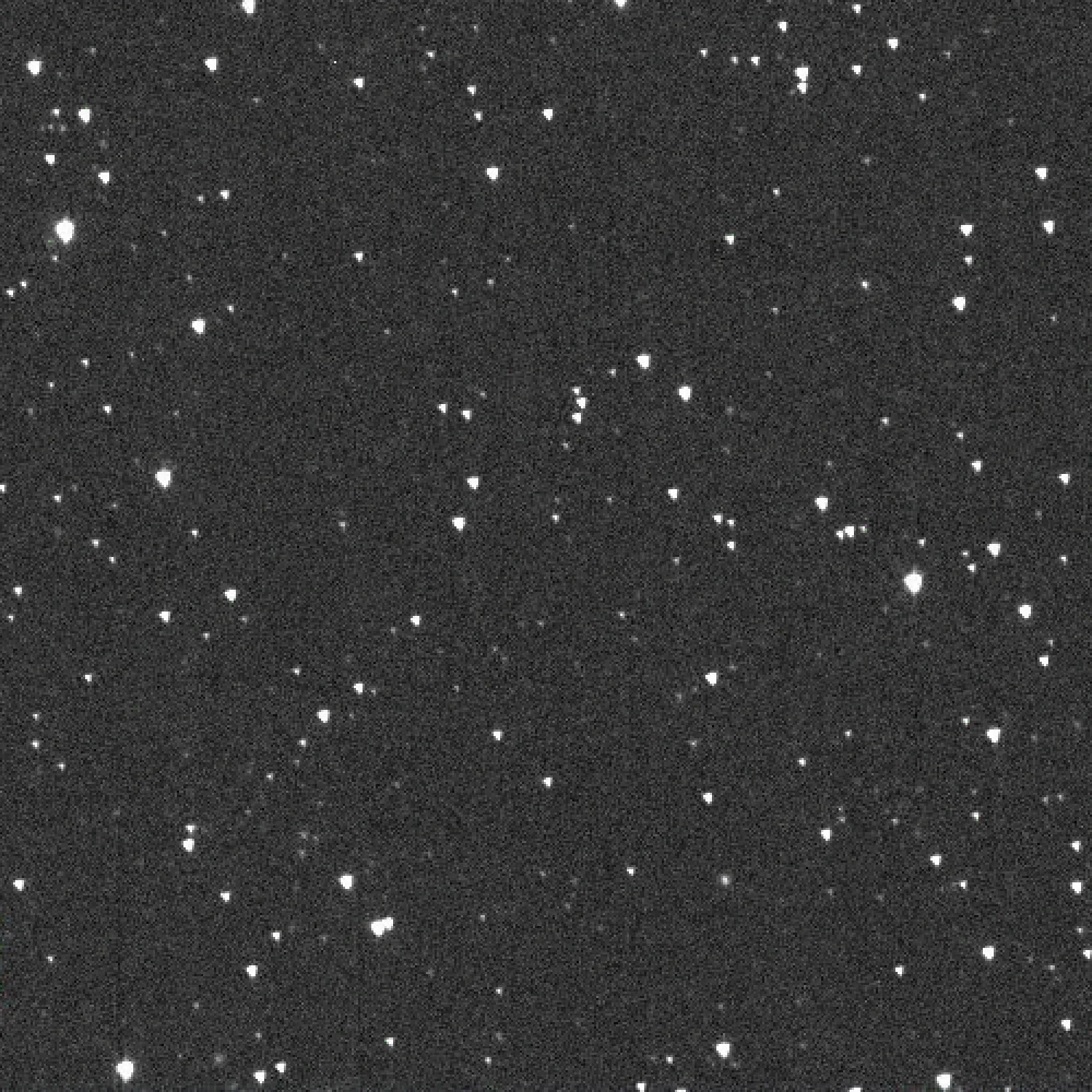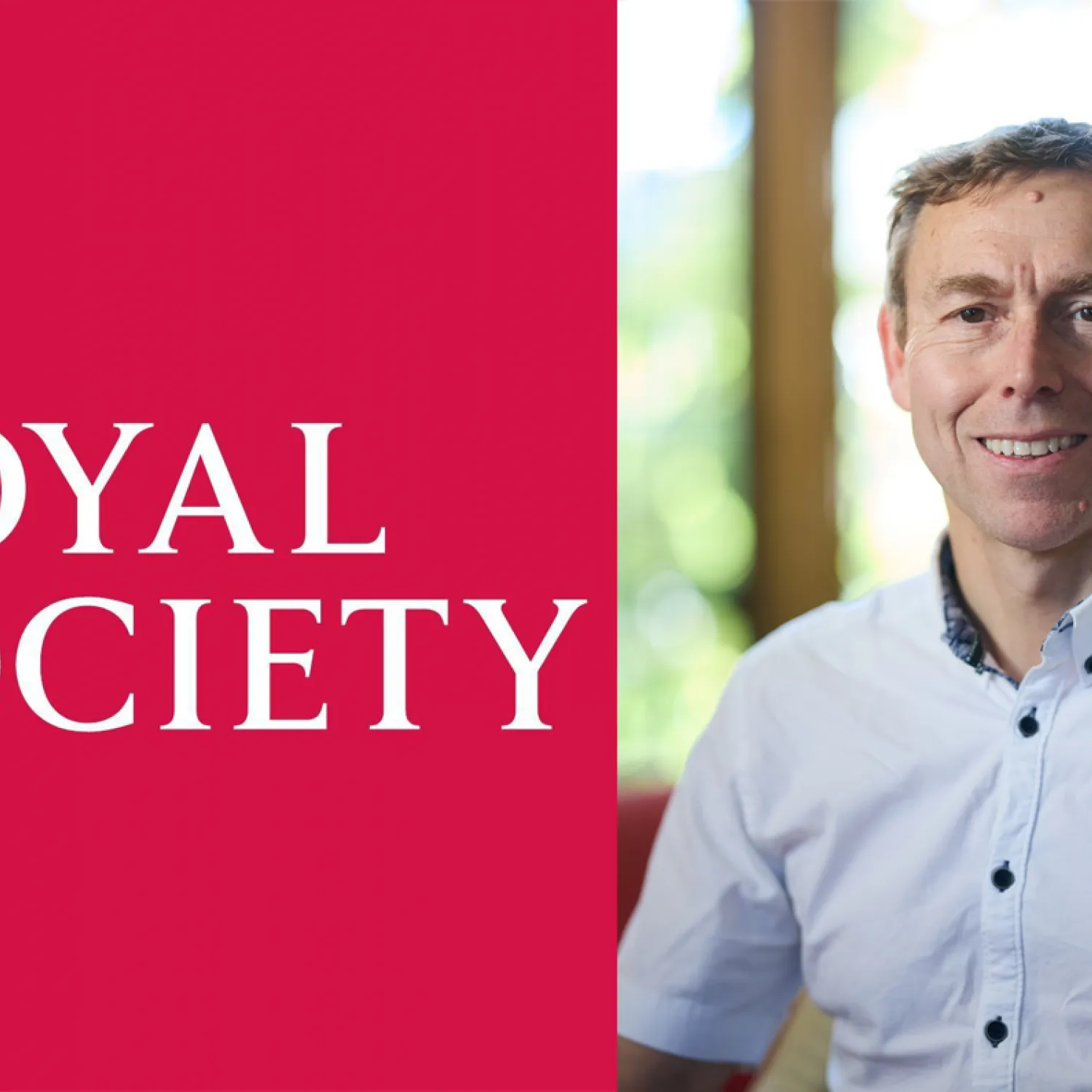Qualifications
BSc Applied Mathematics and Physics (Queen's University Belfast); PhD (Queen's University Belfast)
Academic background
I grew up in Belfast and studied physics and applied mathematics at Queen's University Belfast. My PhD was also at Queen's and I studied the atmospheric composition of massive stars, graduating in 1996. I then worked at the Isaac Newton Group of Telescopes and held a fellowship at the University of Cambridge. I returned to Belfast in 2004 and established a group working on stellar evolution, supernovae and time domain sky surveys. I directly discovered stars that explode as supernovae, measuring their mass, luminosity and the chemical elements synthesised.
I lead several sky survey projects that constantly scan the sky for transient sources. I have discovered some of the Universe’s most luminous supernovae and played a leading role in the discovery and physical understanding of the first electromagnetic counterpart to a gravitational wave source.
I am a Member of the Royal Irish Academy and was awarded the George Darwin lectureship from the Royal Astronomical Society in 2018. I am a recipient of the Royal Irish Academy’s Gold Medal in the physical and mathematical sciences and the Royal Astronomical Society's Herschel Medal. I was elected a Fellow of the Royal Society in 2020 and awarded a CBE in Queen Elizabeth II's birthday honours list in 2022.
Research interests
I work on processing data from several large sky survey projects. One of them, the ATLAS project is a network of 4 telescopes, funded by NASA which can scan the whole visible sky every 24hrs. We process the data in real time, linking discoveries to galaxy and star catalogues and trigger ESO and other facilities for multi-wavelength follow-up. I work on preparation for the Rubin Observatory's Legacy Survey of Space and Time and have a scientific leadership role in the UK's Lasair project. With colleagues at Queen's and the University of Hawaii I search for the electromagnetic counterparts of gravitational wave sources, mostly from merging neutron stars. We use the Pan-STARRS twin telescope system and then the ESO telescopes for follow-up.
I was one of the founding members of ENGRAVE which is a European wide effort to optimise the use of the VLT and ESO facilities for follow-up of the optical and near-infrared emission from gravitational wave sources. I sit on the Rubin Science Advisory Committee, the Virgo Science and Technology Advisory Committee and the Royal Society's Schools Partnerships grant panel.
Publications
Other interests and activities
I enjoy running, cycling, triathlon, wine and tea.





